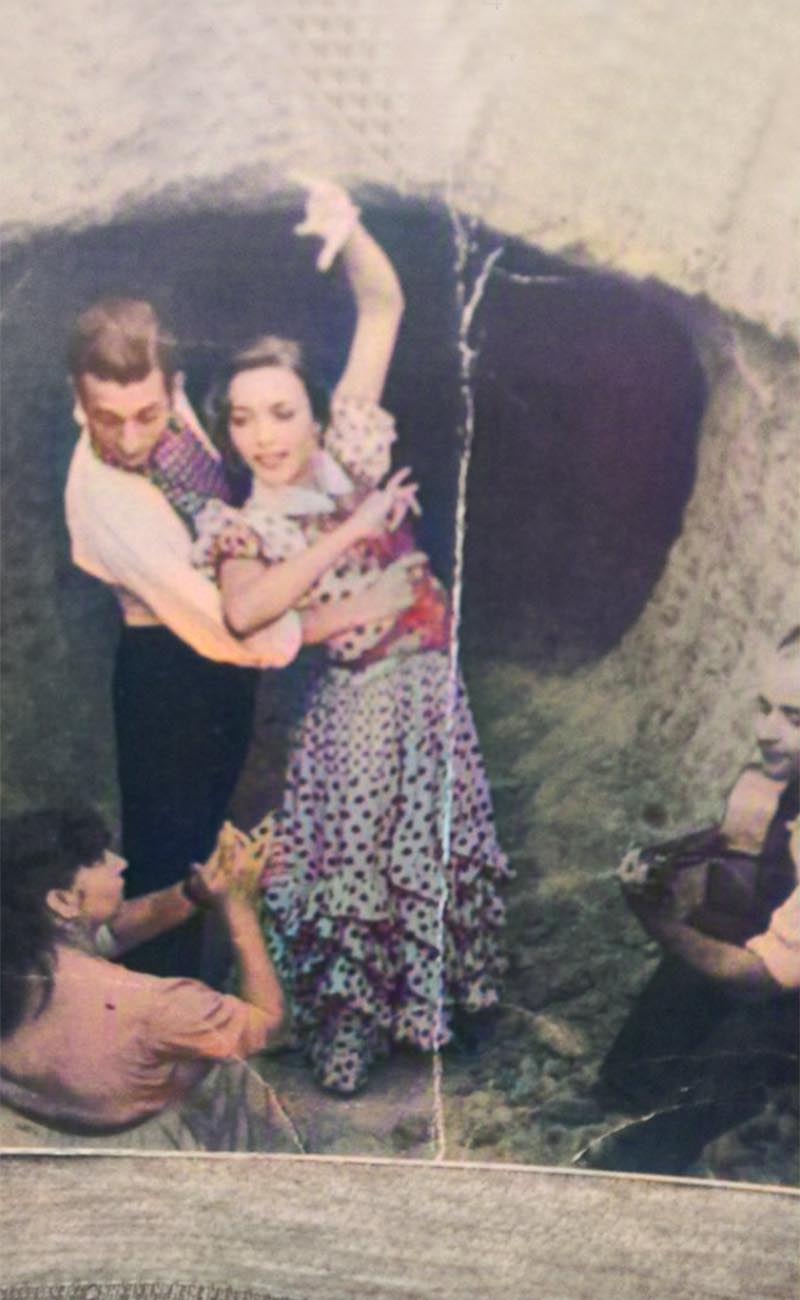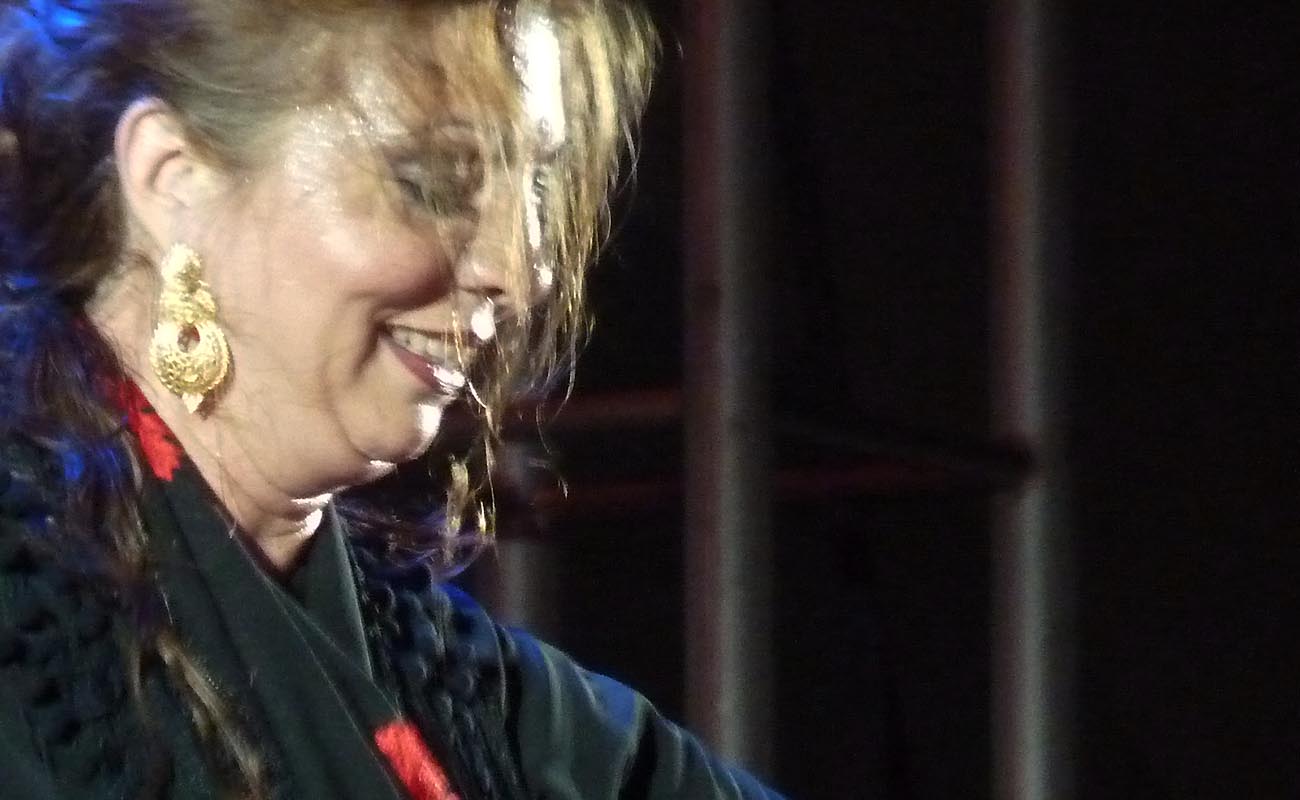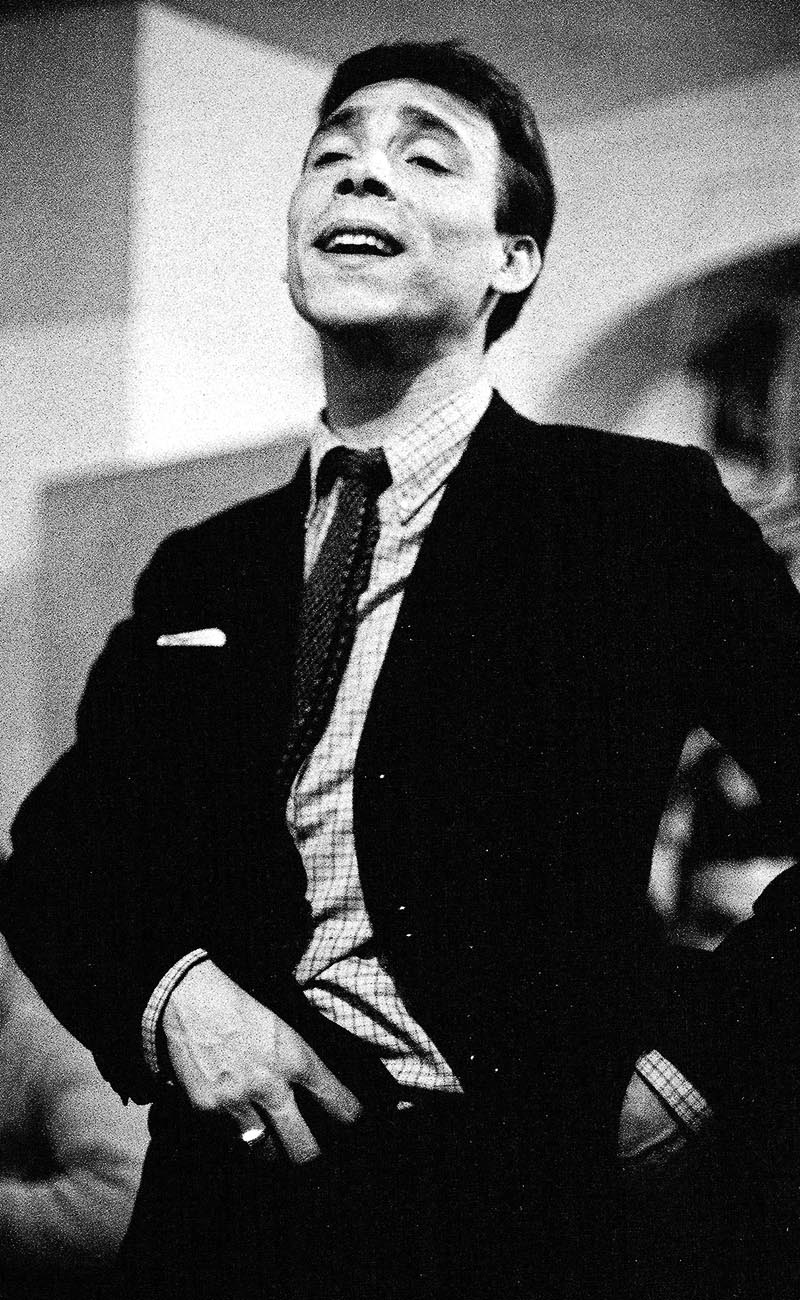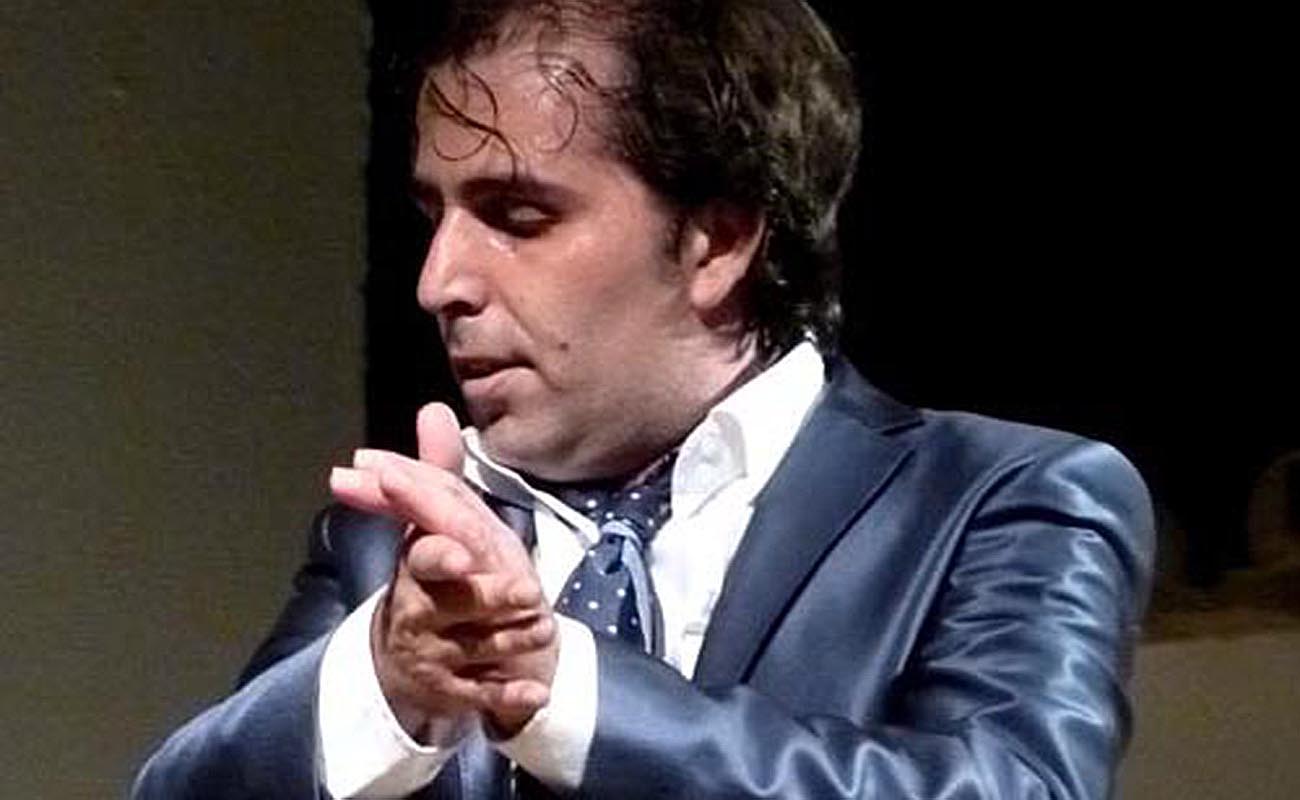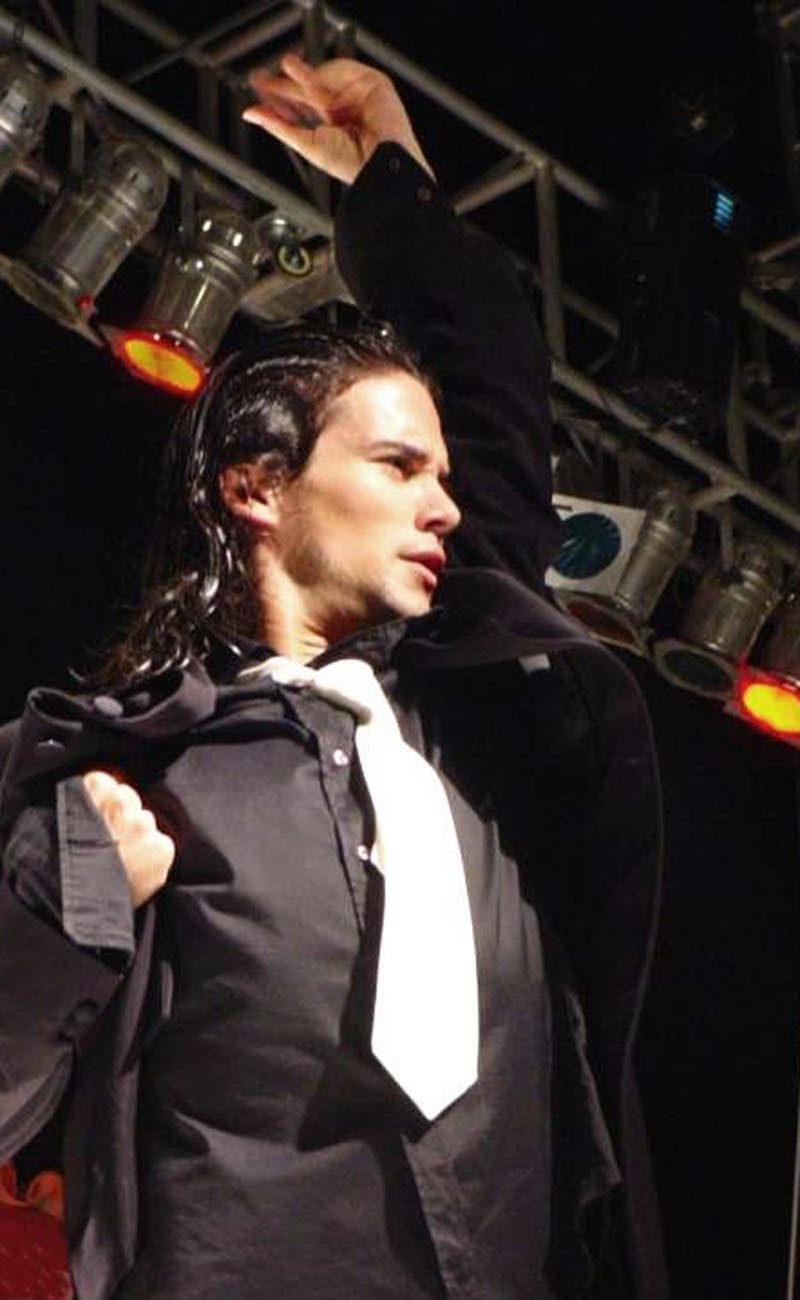Morón de la Frontera: flamenco dance country
Few people would think of Morón as a hot-spot for flamenco dance, and yet the town has produced a surprising number of excellent dancers, in both the classic flamenco style and the festive line.
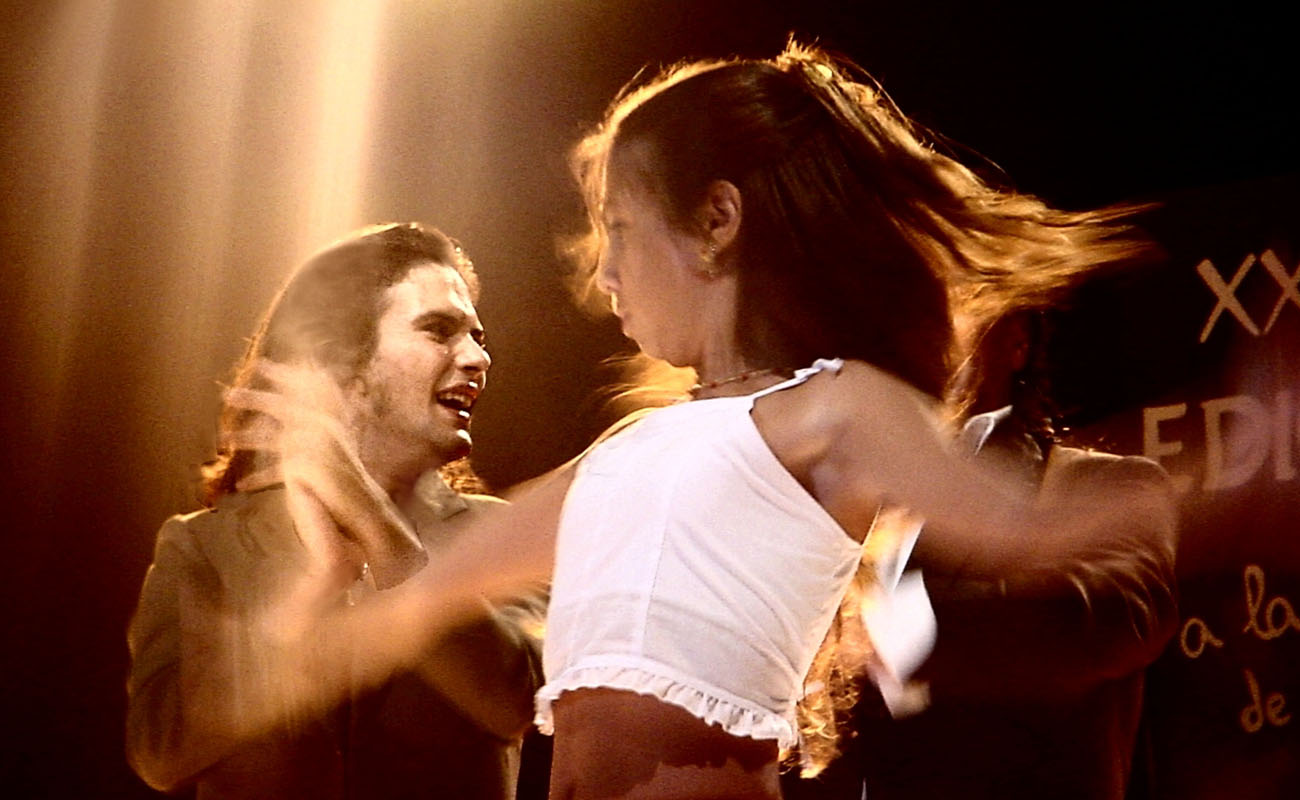
Flamenco. Morón de la Frontera. The first image that plays on the viewing screen of the mind is that of guitarist Diego del Gastor. Then we probably think of Joselero, a fine singer, deserving of more attention. Neither of the two was born in Morón, but their names are forever linked to the town’s flamenco identity.
But what about dance? Few people would think of Morón as a hot-spot for flamenco dance, and yet the town has produced a surprising number of excellent dancers, in both the classic flamenco style and the festive line. With a current population of fewer than 28,000, Morón has more professional dancers per capita than other flamenco cities with far more people.
The formerly unpublished photograph reproduced here dates from around 1950, and is an amazing glimpse at the beginnings of flamenco dance in Morón 70 years ago. On the left is Amparo Soto, daughter of the legendary singer Manuel Torre, and wife of Pepe Ríos, seen here posing with Carmen Torres Amaya, known as “La Niña Amparo”, daughter of Joselero and aunt of today’s Pepe Torres. Morón’s first bailaora, she performed in the 1960s at the famed Guajiro in Seville, and is remembered by Matilde Coral. The seated guitarist barely visible at the right is my dear friend, Manolo Morilla. According to relatives, this photo is one of a series taken in the late 1940s.
In the post-war period, José Ríos Vargas El Quino, dancer and singer, and his sidekick, the above-mentioned Joselero, were inseparable. Their pioneering trio with Diego del Gastor, “Los Gitanos Blancos”, is remembered by oldtimers who were lucky enough to coincide with them at fiestas in the 1950s and early 60s. Manolo Morilla, who also accompanied el Quino, considered him the best dancer to come out of Morón. With a slim Quijote physique, he danced “from the waist up”, and had a “histrionic sense of humor” according to Morilla. El Quino was honored in Morón in 1970 at the 8th edition of the Gazpacho Andaluz.
Pepe Ríos, (1928-1993), nephew of Diego del Gastor and son-in-law of Manuel Torre, had an elegant style in the line of his contemporary, Rafael el Negro (1935-2010), that surely influenced the following generation of dancers from Morón, most notably his nephew Pepe Torres, whose interview Pepe Torres, flamenco dancer – Expoflamenco recently appeared in Expoflamenco. Pepe Ríos danced in the companies of Manuel Vallejo, Manolo Caracol, Pastora Pavón and Paquera among many others, and for years had a popular dance school in Seville.
From the same era was Manuel Núñez Peña “El Marquesito” (1926-1970), grandson of Pinini, uncle of Fernandillo de Morón and father of today’s Luis Marquesito, also a fine dancer, living in Utrera. José Huertas (1970) has performed and choreographed with the Antonio Gades company, was guest artist of the Ballet Nacional for an international tour in 2002 and has a company of his own. Carlos Troya (1972) can be seen dancing in the Saura film Flamenco. Since 2002 he has directed the dance workshop of Morón’s Fundación Fernando Villalón.
One of the most important dance talents from Morón is Juana Amaya (1968), whom I remember seeing dance when she was only 11, and already impressing knowledgeable audiences. At the age of 16 she partnered maestro Mario Maya, and while still very young, teamed up with her cousin, dancer Ramón Barrull (1964-2003), father of Jairo Barrull (1983), both fine professional dancers from Morón with a long list of performances and collaborations at the most important international festivals. In 2003 Juana’s intensity and temperament were a good match with Pepe Torres’ sublime elegance, making a fine trio with Farruquito, who had already reached superstar status by then. Juana’s daughter Nazaret Reyes has proven to be a worthy heir to her mother’s talent and Morón’s dance tradition.
Another of Morón’s brightest dance stars is Juan Carlos Ramírez “Juan de Juan” (1979). His style, though based on Farruco’s approach, includes absolutely original flashes of genius. For several years he was first dancer and guest artist with Antonio Canales, before making his own company.
The intense dance ecosystem of Morón has also produced noteworthy teachers such as Juan Triana and Angel Atienza, each of whom runs prestigious flamenco dance schools in Seville.
Located deep in bulerías country, Morón has yielded fine singer/dancers, “festeros”, whose eloquent minimalism laced with chascarillos (a sort of humorous charade) was typical of rural Andalusia. In addition to El Quino mentioned above, there was the popular Fernandillo de Morón whom we lost way too soon as the result of a traffic accident on his way home from a flamenco festival. El Andorrano, son of Joselero, might prefer to be considered a flamenco singer, but he’s known for his fiesta dancing brimming with personality and unique moves. Manolito Flores has an unusual style he says to have learned from his family. He was an irreplaceable element of the popular group Son de la Frontera.
Other professional dancers to come out of Morón in recent years are Carmen Lozano, Teresa Vázquez “La Debla”, Lidia Valle and Mercedes de Morón, all of whom have had top-notch groups of their own, and Francisco Javier Velasco, from a Morón family, first dancer of Spain’s National Ballet. All in all, an impressive output for a sleepy town deep in Andalusia where “the train don’t stop”.
Top image: Juan de Juan and Nazaret Reyes, Gazpacho de Morón 2003. Photo by Estela Zatania
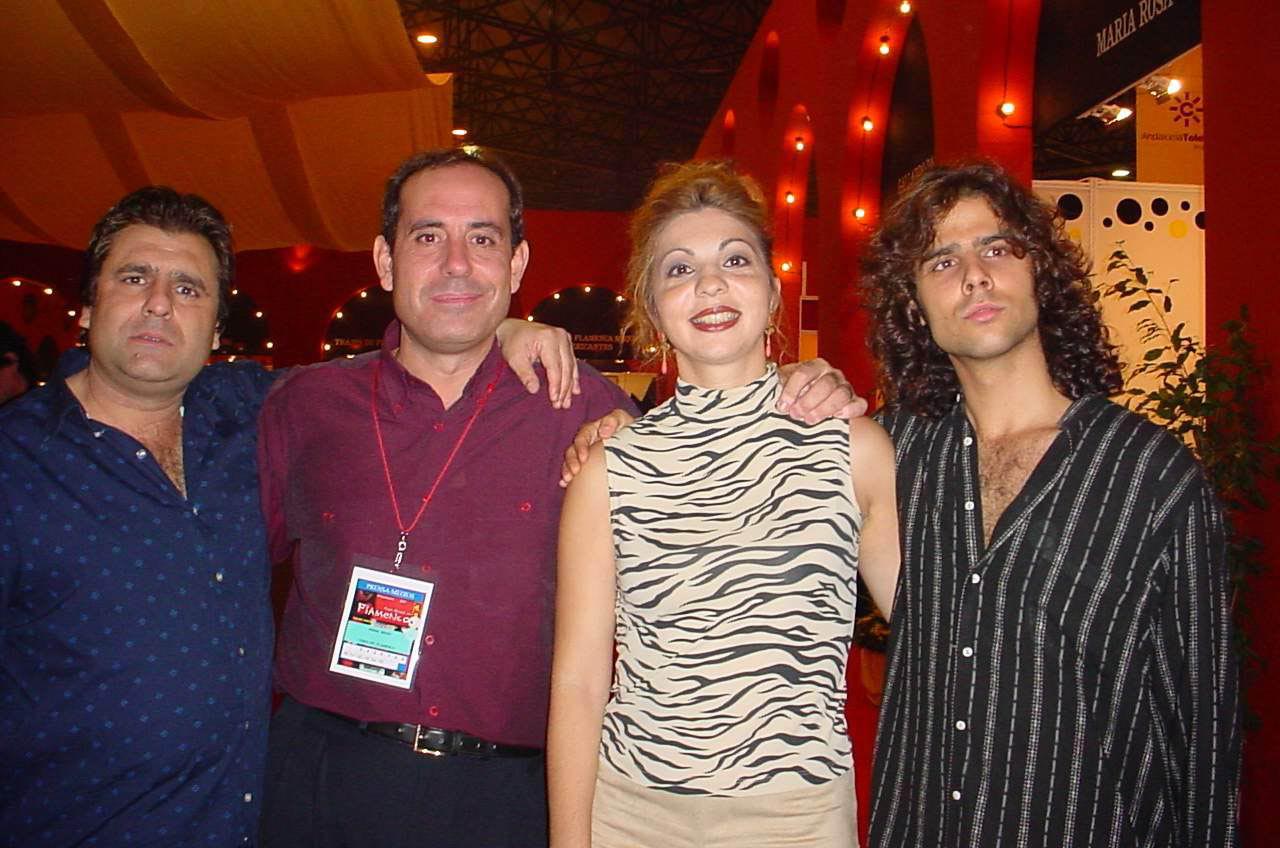
Ramón Barrull, Juan Toro (flamencólogo), Juana Amaya y Jairo Barrull. Feria del Flamenco 2001. Foto: Estela Zatania


